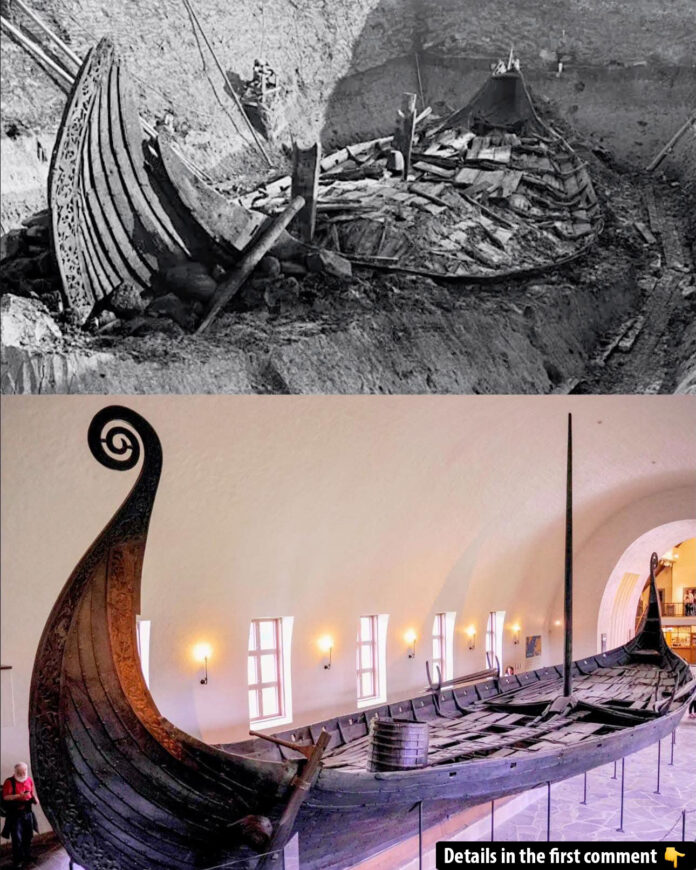Unearthed in 1904 near Tønsberg, Norway, the Oseberg Viking ship has captivated historians and archaeologists for over a century. This extraordinary discovery, a burial ship laden with treasures and steeped in ritualistic mystery, offers a rare glimpse into the beliefs and traditions of the Viking Age. From its crushed remains under nearly 180 tonnes of stone to the enigmatic burial of two women, the Oseberg find continues to raise questions about Viking culture, burial practices, and spiritual symbolism.
The Discovery of the Oseberg Ship
The Oseberg ship, believed to have been built around 820 CE and buried around 834 CE, was found in a burial mound in eastern Norway. The excavation revealed a nearly intact Viking ship, complete with a burial chamber and an array of intricately carved artifacts. The ship and its contents were transported to Oslo, where they were restored and displayed, marking one of the most significant archaeological discoveries of the Viking Age.
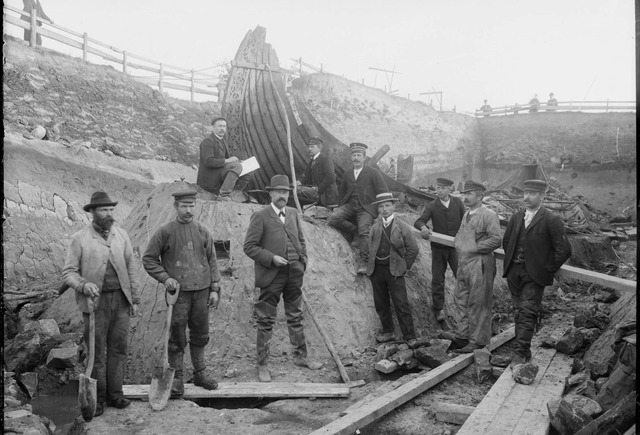
Unlike other ship burials, the Oseberg grave featured unique elements, including a thick covering of stones and a mooring rope tethered to a boulder. These peculiarities have puzzled researchers and set the Oseberg find apart from similar discoveries, such as the Gokstad and Tune ships.
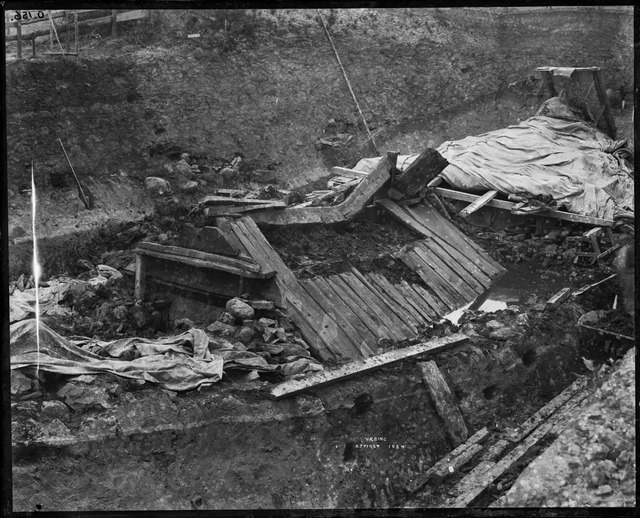
Video
Explore what made the Viking longship so terrifyingly effective – watch the video to dive into the design and history behind this legendary vessel!
The Burial Chamber and Rituals
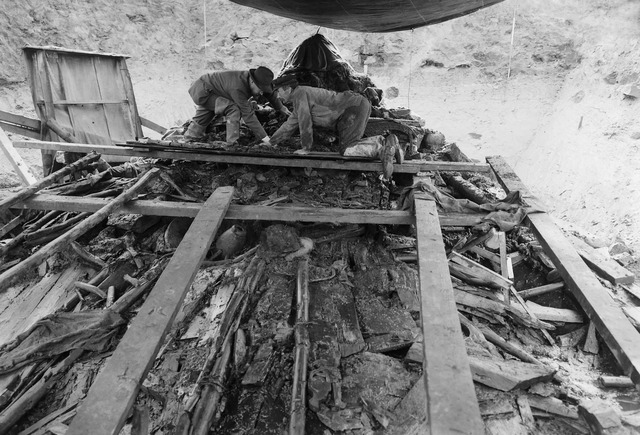
At the heart of the Oseberg ship was a tent-like burial chamber housing the remains of two women. Surrounding them were treasures and grave goods, including ornately carved sleds, wagons, and textiles. On the foredeck, the remains of 15 beheaded horses and other animals were found, hinting at elaborate and gruesome burial rituals.
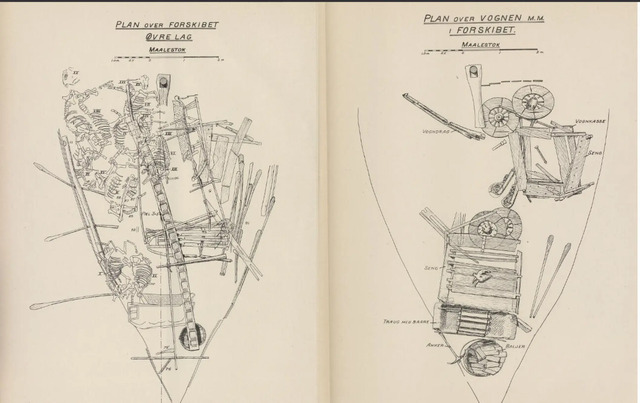
These rituals included the placement of nearly 180 tonnes of stones over the ship, crushing its deck and many of the grave goods. Archaeologists believe this act was intentional, possibly as part of a ritual destruction meant to symbolize the ‘death’ of the objects and their passage to the afterlife. This feature is unique to the Oseberg find and has not been observed in other Viking ship burials.
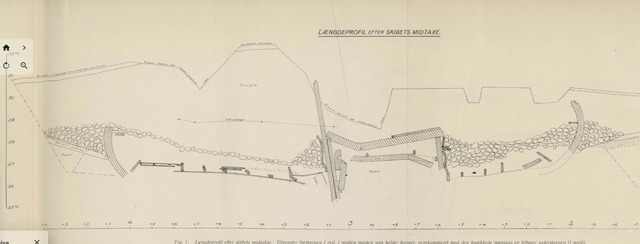
Mysteries of the Stones

The layer of stones covering the Oseberg ship remains one of its most puzzling features. Researchers speculate that the stones were part of a burial ritual, but their exact purpose is unknown. Some suggest the stones symbolized a connection to the underworld, anchoring the ship to the burial mound and aiding the deceased on their journey to Hel, the Norse underworld.
Another interpretation sees the stones as a form of reverse ballast, mimicking the weight used to stabilize a ship at sea. By placing this weight on a ship on land, the Vikings may have symbolically recreated a journey across a spiritual sea.
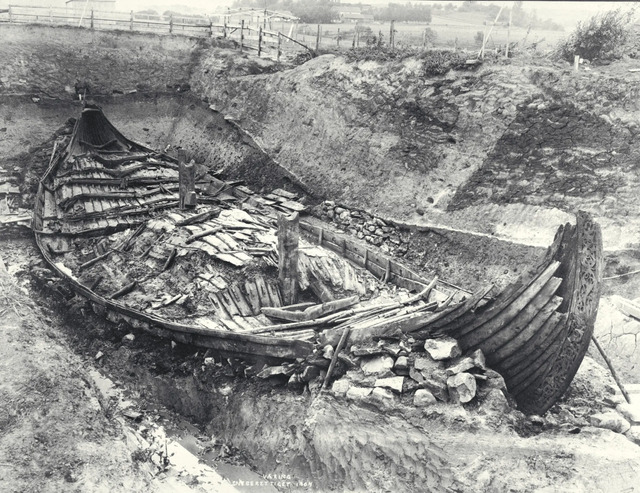
Who Were the Buried Women?
The identities of the two women buried in the Oseberg ship remain shrouded in mystery. They were laid to rest with immense care and surrounded by items that exuded power and status. The presence of high-quality textiles, jewelry, and carved wooden items suggests they held significant social or religious roles.
However, the grave was looted shortly after its creation, further complicating efforts to determine their identities. Some theories propose they were Viking queens or priestesses, while others suggest one may have been a servant or companion. The grave’s opulence and the rituals performed highlight their importance within Viking society.
Symbolism and Interpretation
The Oseberg ship embodies the Vikings’ complex spiritual beliefs. Ships were often viewed as vessels for transporting the dead to the afterlife. In the case of the Oseberg burial, the ship’s symbolic role was reinforced by the grave goods and the rituals performed.
Artifacts like the Oseberg wagon and sleds, adorned with intricate carvings, reflected the power and status of the deceased while serving a spiritual function. These items, along with the ship itself, may have been intended to accompany the women on their journey to the afterlife or to serve them in the afterlife.
Artifacts from the Oseberg Find
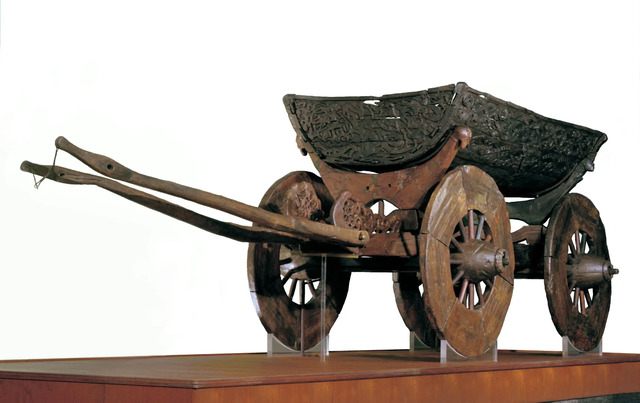
The Oseberg burial yielded some of the most remarkable artifacts of the Viking Age. The Oseberg wagon, an ornately carved vehicle, is one of the most famous items, showcasing the exceptional craftsmanship of Viking artisans. Similarly, the sleds and wooden buckets found in the grave provide insights into daily life and ceremonial practices.
Other items, such as textiles and tools, reveal the skills and resources available to the Vikings. These artifacts are invaluable for understanding the social and cultural dynamics of the Viking Age, as well as the symbolic importance of grave goods in burial practices.
Ongoing Mysteries and Interpretations
Despite extensive research, the Oseberg ship continues to raise questions. The purpose of the stones, the identities of the buried women, and the meaning behind the rituals remain subjects of debate. Archaeologists have also noted the diversity of Viking burial traditions, with graves varying significantly in their contents and construction.
Some researchers suggest that the Oseberg burial reflects personal or familial logic, tied to the unique identities of the deceased. Others view it as a broader statement about Viking beliefs and social structures. Whatever the case, the Oseberg ship remains a testament to the complexity and diversity of Viking culture.
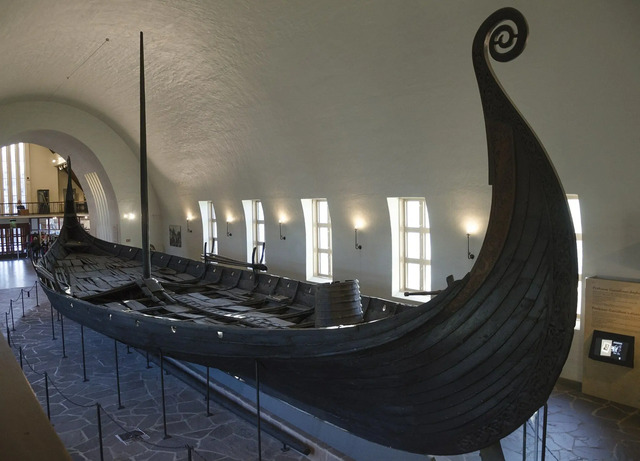
Conclusion
The Oseberg Viking ship is not only a remarkable archaeological find but also a window into the rituals, beliefs, and artistry of the Viking Age. Its unique features, from the stone covering to the opulent grave goods, continue to intrigue researchers and inspire new interpretations.
As archaeologists uncover more about this extraordinary burial, the Oseberg ship serves as a reminder of the Vikings’ enduring legacy and their ability to weave stories through their burial practices. Though many questions remain unanswered, the Oseberg find stands as a monument to the creativity, spirituality, and complexity of one of history’s most fascinating cultures.
